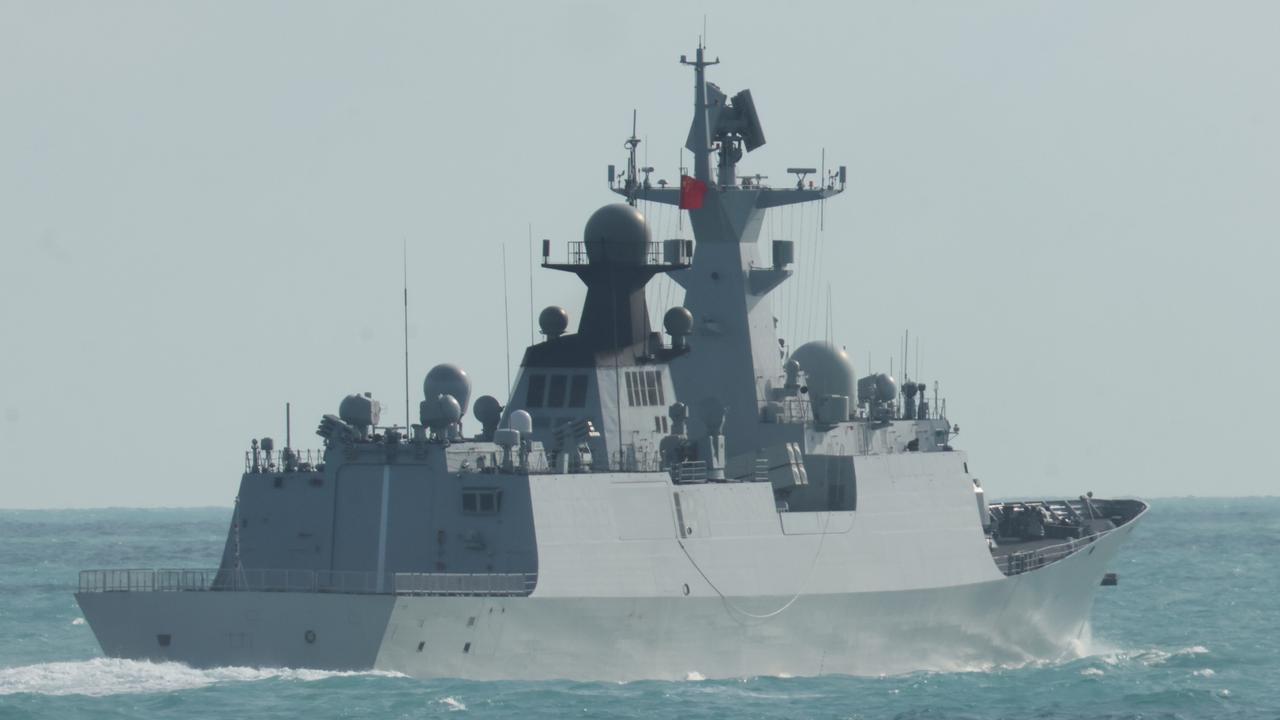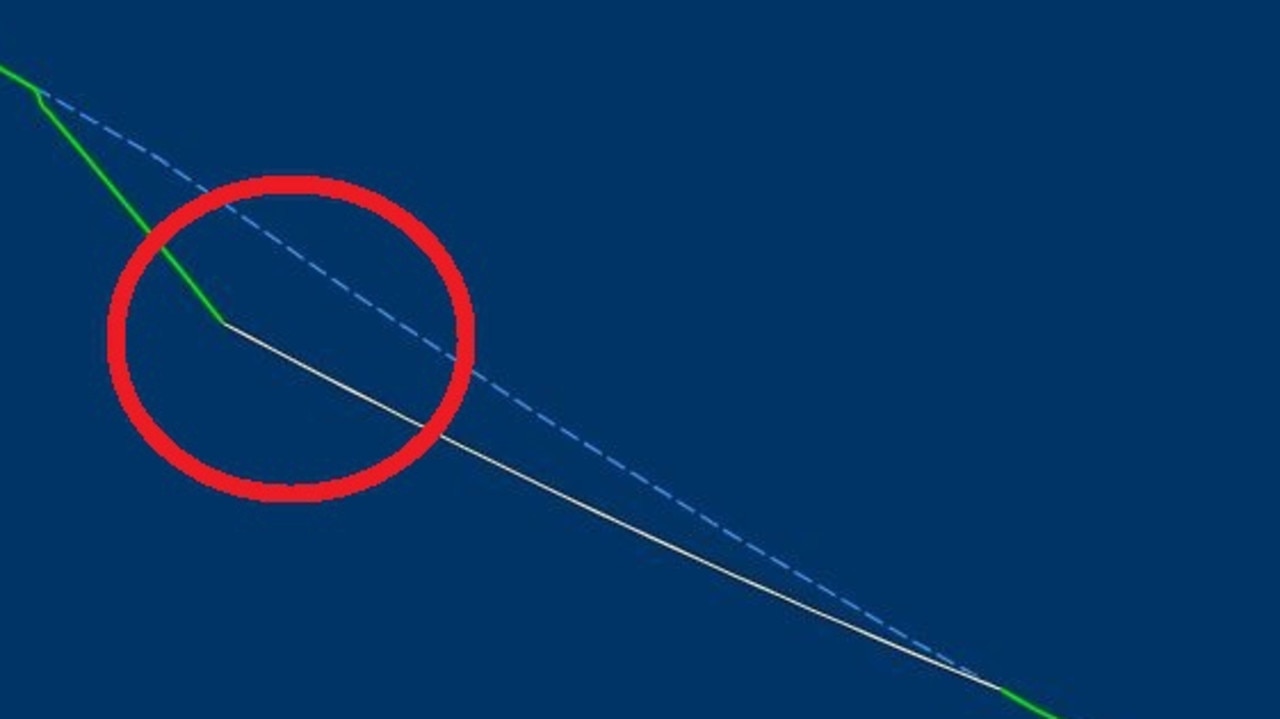Philippines is changing strategy with China in South China sea
A move by China this week has seen one country reach its limit and completely change its strategy in the South China Sea.
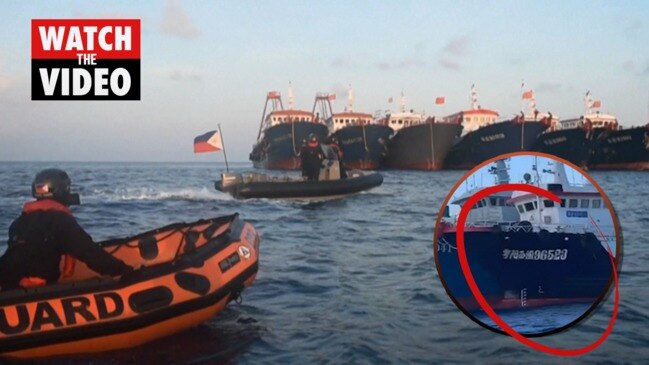
Manila has changed tack. It’s no longer seeking to appease Beijing in the hope of a fair deal. Instead, a Philippines patrol ship has confronted a Chinese warship intruding on its territory.
The Philippine Coast Guard (PCG) says the patrol vessel BRB Cabra was patrolling the Marie Louise Bank, a fishing ground in the northeastern Spratly Island group, when a Chinese naval survey vessel came into view.
It was just one day after the 5th anniversary of an international arbitration court ruled in favour of Manila’s territorial rights to the region. But Manila waited more than a week to release news of the confrontation.
The “navy warship” was seen to be flying the Chinese national flag, had the hull number 189 “and was marked by Chinese characters,” a Coast Guard spokesperson said in a statement. “The PCG vessel moved closer to see more clearly the activity of the Chinese navy warship in our waters”.
Chinese navy warship sa West Philippine Sea (WPS), itinaboy ng Philippine Coast Guard (PCG).https://t.co/rVEWzU8lWepic.twitter.com/f0oeVYGiUM
— Radyo La Verdad 1350 (@RadyoLaVerdad) July 19, 2021
The Chinese warship reportedly maintained course, speed and radio silence, forcing the Filipino vessel to close within loudspeaker distance.
Only then did the naval vessel change course and leave the area, closely trailed by the PCG patrol boat.
RELATED: China’s bold move in South China Sea
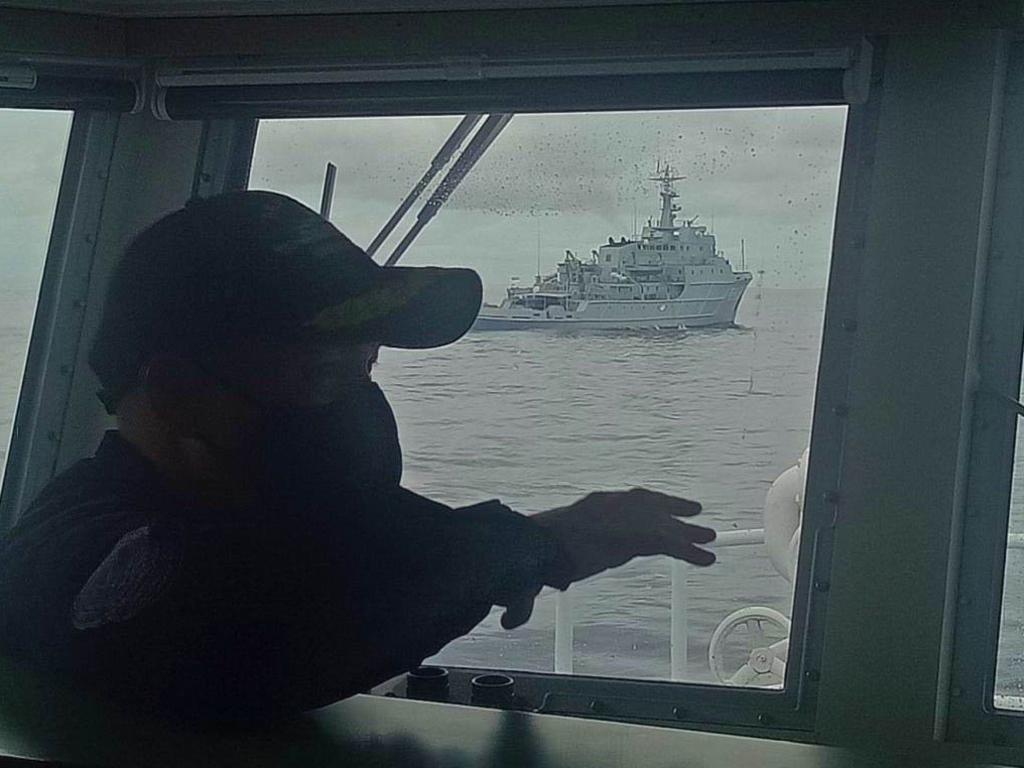
RELATED: ‘Surrender’: China’s ‘crazy’ nuclear threat
While this may appear to be the regular activity of a coast guard vessel policing national waters, it marks a significant change in course by the Manila government.
In recent years it has sought to downplay Chinese incursions and territorial assertions, instead favouring quietly attempting to establish mutual boundaries and understanding.
But that patience appears to be running out.
‘Deliberate provocations’
Philippines President Rodrigo Duterte, who has sought to appease Beijing by refusing to enforce the international court ruling, asked on Wednesday: “Why do they easily agree to go away? Are they avoiding any confrontation? Or maybe goodwill? Is there something afoot? We really do not know.”
For its part, Beijing has long ignored the protests of its neighbours.
After 25 years of talks, there is still no sign of the “South China Sea Code of Conduct” it insists will solve all of South East Asia’s territorial problems.
Instead, China is focused on the actions of the United States and other allied powers attempting to maintain and assert longstanding international rights.
RELATED: China’s fear behind spy ship move
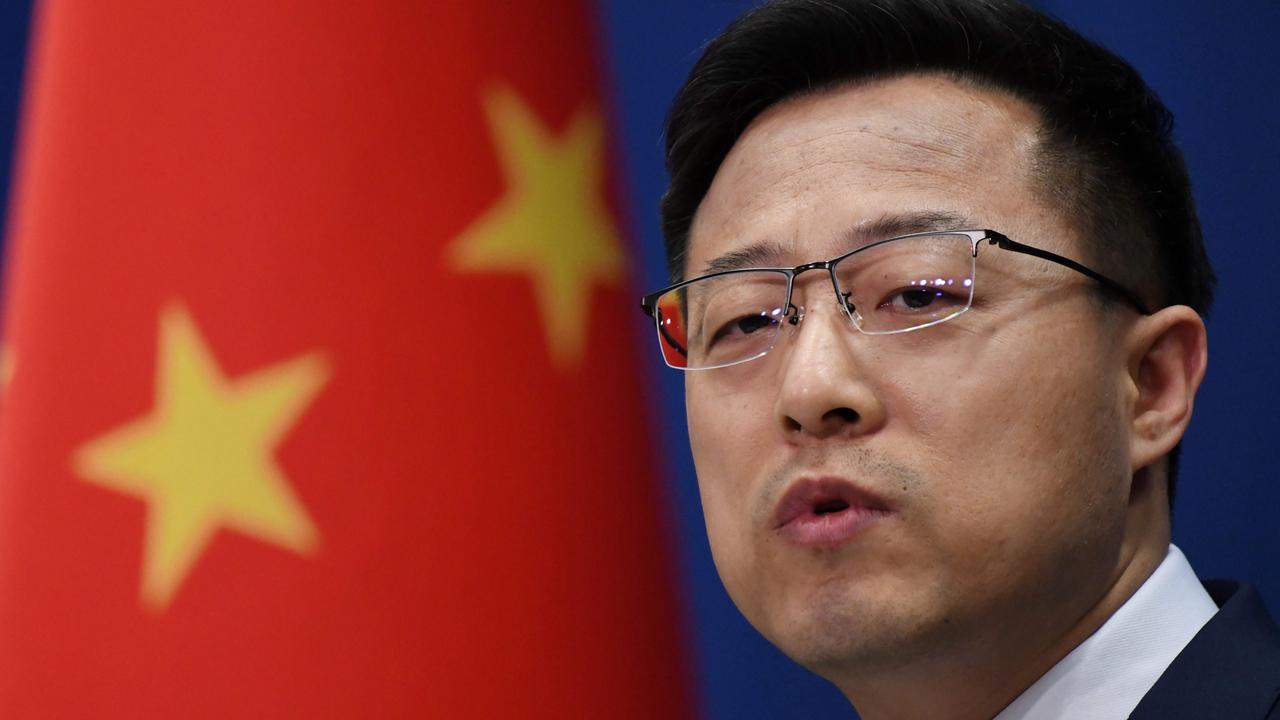
Chinese Foreign Ministry spokesman Zhao Lijian told a media briefing that Washington was “deliberately provocative” and “ignoring the historical backdrop of the South China Sea issue and violating international law”.
But, in 2016, the UN’s Permanent Court of Arbitration rejected Beijing’s “Nine-Dash Line” claim to almost the entirety of the South China Sea. Beijing’s Foreign Ministry last week mocked the ruling as “nothing more than a piece of waste paper”.
Neighbouring nations disagree.
Vietnam, Malaysia and the Philippines have been steadily strengthening their resolve to stand up to China’s aggressive acts. And countries such as Australia, Japan, Canada, the United Kingdom, France and Germany have joined the United States in pressuring China to accept international norms and cease its expansionist activities.
That appears to be giving South East Asian countries a sense of solidarity. And strength.
The Philippine Coast Guard (PCG) recently shooed away a Chinese navy warship from the West Philippine Sea, authorities confirmed Monday, July 19, as China increases its presence in waters belonging to the Philippines. Full story: https://t.co/vC89eIIbhnpic.twitter.com/CQcuYfFqRs
— Rappler (@rapplerdotcom) July 19, 2021
The Philippines Coast Guard say they strictly followed international protocols when confronting the Chinese naval vessel. “This is to ensure that we follow a rules-based and peaceful approach in guarding our democracy and that the rights of the Philippines to protect its sovereignty are protected,” the spokesperson said.
The PCG added that it had intercepted five Chinese and two Vietnamese fishing vessels caught inside the country’s waters in June.
A Clash of wills
For much of his term of office, Mr Duterte has cast doubt on the future of one of his nation’s key defensive pacts: The US-Philippines Visiting Forces Agreement.
That now seems to have been secured.
Defence Secretary Delfin Lorenzana announced on Wednesday that the agreement would be amended – not terminated – due to Beijing’s ongoing incursions.
“The VFA is not being changed. The document will not be changed. But there will be some addendum, side agreement to implement the VFA,” Mr Lorenzana stated.
US Defence Secretary Lloyd Austin will visit Manila next week as part of a flying visit to South East Asia – including Singapore and Hanoi.
In a statement, Mr Austin said he planned to emphasise freedom of the seas and push back on “unhelpful and unfounded claims” by Beijing.
“I’ll be working closely with our partners about how we’re updating our and modernising our capabilities and their own capabilities to work together to tackle some changing forms of aggression and coercion that we’re all seeing, and I’ll be talking with our friends about how we’ll work hand-in-hand to pursue our new vision of integrated deterrence,” Mr Austin said.
Beijing, however, remains defiant.
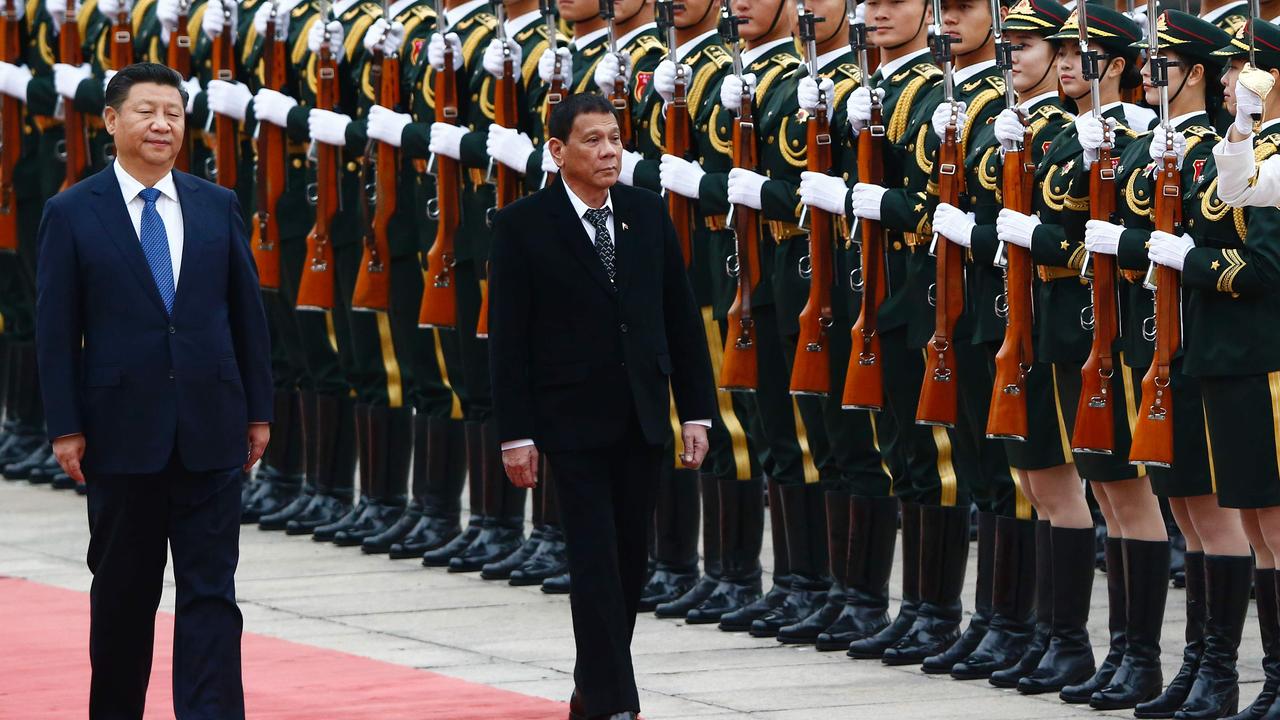
“China is strongly dissatisfied with and firmly opposed to the wrongdoings of the US side,” Foreign Ministry spokesman Zhao Lijian said. “The South China Sea is the common home of regional countries and should not become the hunting ground for the US to seek geopolitical, private interests.”
He insisted, “China exercises the maximum restraint in safeguarding its sovereignty, rights and interests in the South China Sea through friendly negotiations.”
Mr Zhao accused the US of sending “large-scale advanced vessels and flights there for military reconnaissance and drills, and illegally (entering) China’s territorial air space and waters”.
Riding roughshod
Any hopes that Beijing may be on the brink of backing down in the face of fierce international pressure appear to be misplaced.
Filipino fishers attempting to access Scarborough Shoal off the Philippine’s main northern island this week found a strange object floating in the sea. So they handed it over to the Philippines navy.
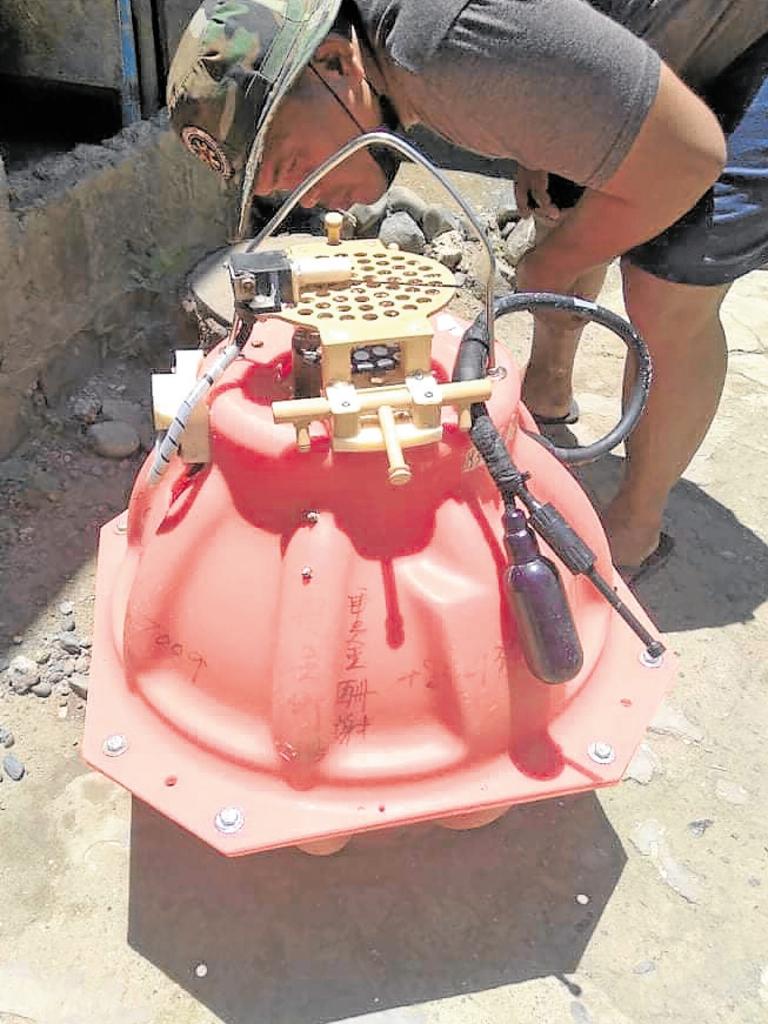
The bulbous red device, with Chinese characters scrawled over its surface, is a sensor buoy used in the search for subsurface oil and sea deposits. The writing promised a “big reward” if any finder called a specified phone number.
University of the Philippines Professor Jay Batongbacal said the discovery of the sensor so deep within the nation’s exclusive economic zone was a concern.
“The installation of this instrument, even for a benign purpose such as monitoring the seabed, should have been with prior consent of the Philippines,” he said. “It is in the EEZ [and] it can be used for exploration and exploitation of natural resources, so the Philippines has the right to withhold consent.”
Philippines security analysts suspect the sensor is proof Beijing is conducting resource surveys in violation of Manila’s sovereignty.
Despite Beijing’s insistence that it is “talking with its neighbours”, it remains dismissive of the Philippines’s objections.
“China urges the Philippine side to earnestly respect China’s sovereignty and jurisdiction over the (Scarborough Shoal), and stop taking actions that may complicate the situation in the region,” Chinese Foreign Ministry spokesperson Wang Wenbin warned Manila.
“Facts have proven time and time again that megaphone diplomacy can only undermine mutual trust rather than change reality.”
Jamie Seidel is a freelance writer | @JamieSeidel


